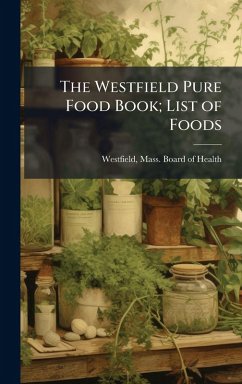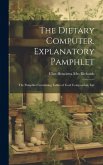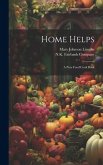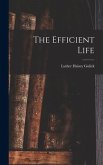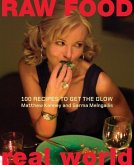The Westfield Pure Food Book, published circa 1915, offers a fascinating glimpse into the early days of food safety regulation and public health awareness in the United States. Compiled by the Westfield, Mass. Board of Health, this book provides a detailed list of foods deemed pure and safe for consumption, reflecting the concerns and standards of the time. More than just a list, the book serves as a historical document, revealing the types of foods commonly available and the criteria used to evaluate their quality and safety. It is a valuable resource for anyone interested in the history of food science, public health initiatives, and early consumer protection efforts. This book will appeal to historians, nutritionists, and anyone curious about the evolution of food standards in America. "The Westfield Pure Food Book" offers a unique perspective on a pivotal era in the development of modern food regulations. This work has been selected by scholars as being culturally important, and is part of the knowledge base of civilization as we know it. This work was reproduced from the original artifact, and remains as true to the original work as possible. Therefore, you will see the original copyright references, library stamps (as most of these works have been housed in our most important libraries around the world), and other notations in the work. This work is in the public domain in the United States of America, and possibly other nations. Within the United States, you may freely copy and distribute this work, as no entity (individual or corporate) has a copyright on the body of the work. As a reproduction of a historical artifact, this work may contain missing or blurred pages, poor pictures, errant marks, etc. Scholars believe, and we concur, that this work is important enough to be preserved, reproduced, and made generally available to the public. We appreciate your support of the preservation process, and thank you for being an important part of keeping this knowledge alive and relevant.
Bitte wählen Sie Ihr Anliegen aus.
Rechnungen
Retourenschein anfordern
Bestellstatus
Storno

